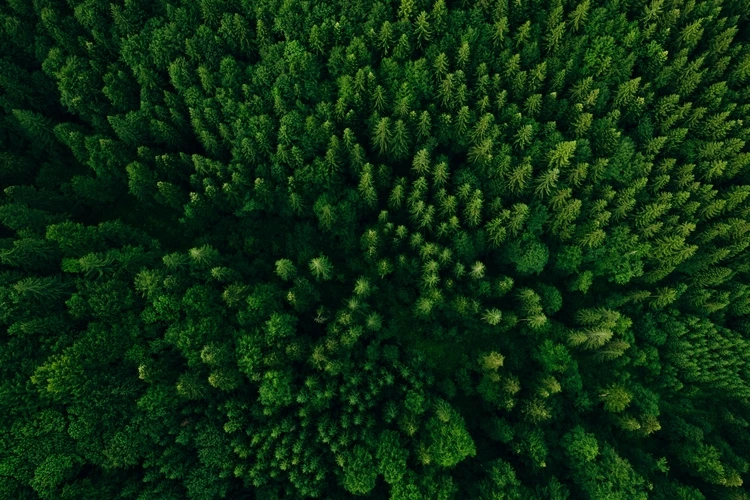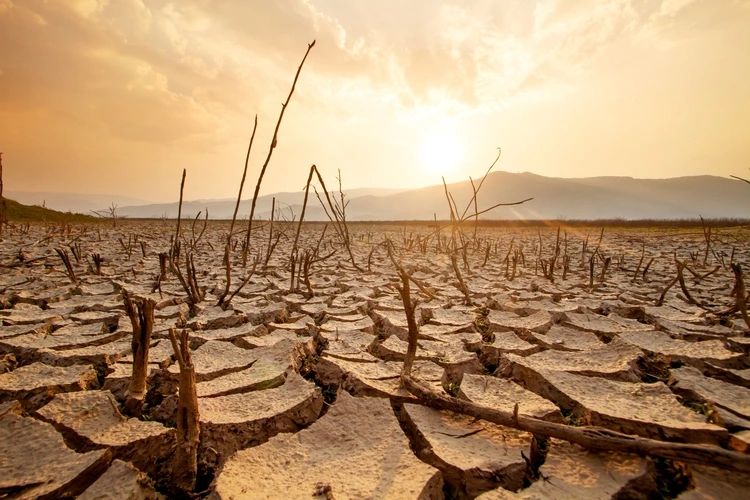
Research suggests productivity and health of trees across the world may be at risk as climate change continues to wreak havoc
By
It is estimated that one large tree can provide enough oxygen to sustain the lives of four humans for a day. Found on every single continent – excluding Antarctica – trees are an invaluable resource as carbon stores, regulators of climate, and key habitats for wildlife.
However, climate change poses a real threat to their viability, as new research from the University of St Andrews and Syracuse University uncovers. Using long range data, scientists have discovered that forests are being left behind in the race against climate change – so much so that it will take centuries for tree populations to adapt to our ever-warming planet.
Enjoying this article? Check out our related reads:
Published in Science journal, the research explains the mismatch between the pace of warming and forests’ natural adaptation. Typically –before the rapid climate change characterising the last century – tree populations in the Northern Hemisphere adapted to colder and warmer periods in a process taking thousands of years. When Ice Ages occurred, tree populations would migrate southward in search for warmer temperatures.
Similarly, when the climate warmed, trees migrated north where the climate was more favourable.

However, current climate change – and its resulting warm temperatures – is occurring too fast for mature trees to catch up. The new research shows how forests have a lag time of one to two centuries to respond to climate changes.
To find out this information, researchers examined pollen data from lake sediment cores spanning up to 600,000 years ago. Then, they used spectral analysis – a tool common in fields such as physics and engineering to study long-term ecological data – to map out the timescales at which tree populations responded to climate change.
Using this method, researchers were able to compare the relationship between tree populations and climate from decades to millennia. As such, the study will allow a greater understanding of how dispersal and population changes interact and cause forests to become altered.
‘We knew that biodiversity change is prevalent in modern times, but looking across time scales showed us there are times, like now, when key organisms cannot keep pace with environmental change,’ said professor Maria Dornelas.
How can we protect forests?
It’s clear to see that human intervention is required to ensure our planet’s forests remain healthy.
One way of fighting against a future with dwindling tree populations is to source our food more carefully, as around 75 per cent of all deforestation occurs due to agricultural ventures. Major deforestation contributors include beef production, palm oil and soybean production along with cereals (excluding rice). Together, these foodstuffs make up almost 70 per cent of all deforestation caused by agriculture.
As such, eating less meat or swapping out items for sustainable alternatives can make a real difference – one study found that if humans ate just 20 per cent less meat, global deforestation could be halved.
Additionally, supporting reforestation efforts can also help protect the future of forests. For example, volunteering in local events to plant more trees, or supporting businesses that partner with sustainability organisations, are both steps that can pave the way to a much more secure future for our planet’s trees.
As well as this, look out for the FSC label on any products you purchase – this ensures that the product has supported fair wages and working conditions, the conservation of protected wildlife and local community rights.




